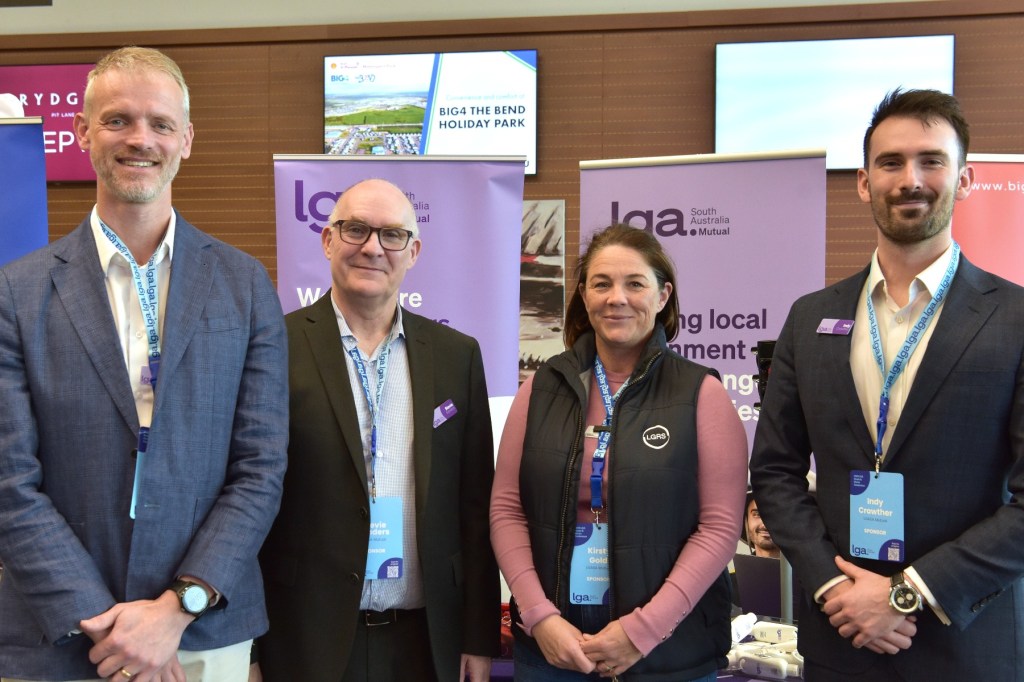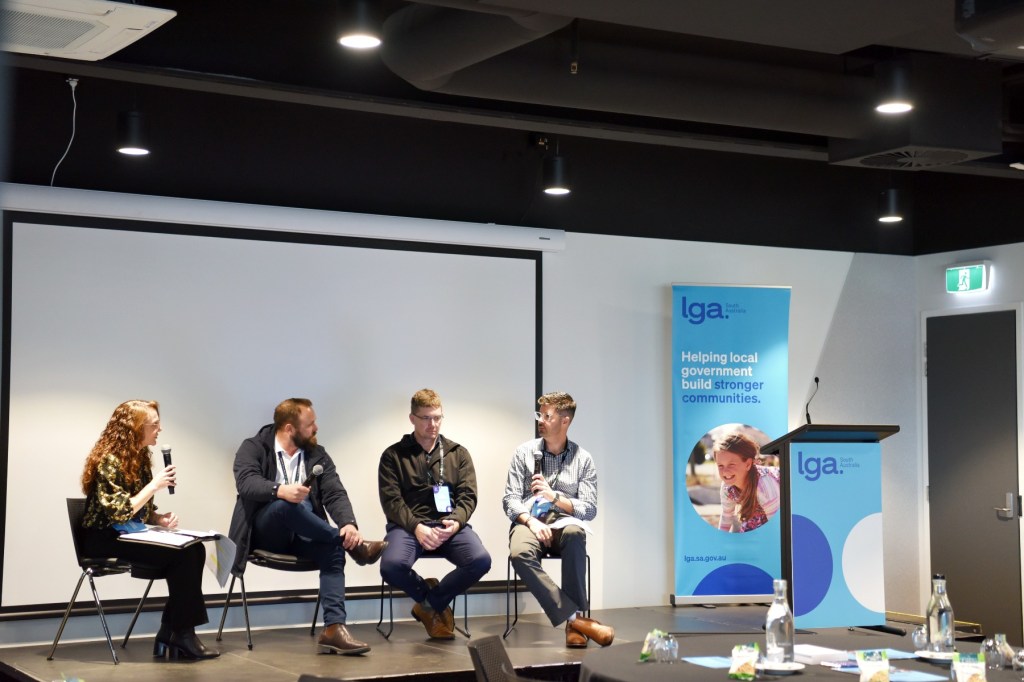Council road works: A frustration today, an investment for tomorrow
Few things test the patience of South Australian commuters quite like road works. Detours, traffic delays and reduced speed limits are a familiar part of the driving experience, and for many, it can feel like the works never end. Yet behind every road closure or orange traffic cone lies a bigger picture, one that is vital to keeping the state connected, safe and moving.

South Australians rely heavily on their roads. In both 2022 and 2023, more than 1.8 million people collectively travelled 16.6 billion kilometres across the state. Roads are not just a convenience but a lifeline for communities and businesses.
With one of the largest road networks in the country per capita, stretching 75,000km under local council management alone, the challenge of keeping it safe and serviceable is immense.
Why road works matter
Councils combine long-term planning with regular assessments to manage local road wear, traffic pressures and ageing infrastructure in a systematic way. Each year, they collectively invest more than $2.5 billion into their communities, with nearly half going to roads and infrastructure, including essential services like traffic management.
The work covers everything from resurfacing bitumen and repairing bridges to installing safer crossings and managing parking, as well as maintaining bus stops, footpaths and cycleways. While drivers may see only the inconvenience, the reality is that every delay on the road is about preventing bigger problems down the track.
The risk on county roads are also different to those in built-up areas. Long distances, high speeds, limited lighting and the challenge of emergency response all mean that mistakes on rural roads can have devastating consequences.

You might like
September is Rural Road Safety Month – a reminder that safer roads are not just about infrastructure, they are about people. Every driver, rider, pedestrian and passenger has someone waiting for them at the end of their journey.
Councils are investing in safety upgrades and are also working with local residents to identify hotspots, both now and for the future.
At this year’s LGA Roads and Works Conference, council leaders from across South Australia highlighted how crucial community involvement is in managing the road network.
Light Regional Council’s capital projects manager, Brenton Mitsos, told conference attendees that changing community needs were a driving force behind much of the work councils are now undertaking.
“Our needs as a community have changed significantly since our roads were originally built,” he said. “Heavy machinery, increased freight and more diverse traffic mean we have to think differently about road design and maintenance.
“If we don’t plan for what’s coming, we’ll be left playing catch-up and that’s far more disruptive.”

Bringing the community on the journey
Councils are increasingly focused on making sure communities aren’t just stuck waiting in traffic but are part of the planning process.
Coorong District Council’s capital works manager, Joel Eckerman, also spoke at the Roads and Works Conference about the importance of direct engagement with residents.
“Through face-to-face street meetings and regular social media updates, we’ve been able to bring our community on the journey with us, building trust and becoming a reliable point of contact for feedback,” he said.
Lower Eyre Council’s director of infrastructure and development, Leith Blacker, agreed, stressing that locals often provide the most useful insights into road conditions.
“Partnering with the community is just as important as the physical work itself,” he said. “Locals see issues first-hand, they know which roads flood, where the cracks appear and when maintenance is most needed.
“Bringing the community along on the journey also results in a more positive response by those drivers most impacted by any works.”

The bigger picture
While the frustration of road works is immediate, their benefits are long-lasting – safer travel, smoother connections between towns and stronger support for industries that depend on reliable transport routes.
Ensuring these benefits continue also requires sustainable funding arrangements, particularly for regional councils managing extensive road networks with small populations.
The road ahead for South Australia is not just about asphalt and bridges but about balancing the short-term pain of delays with the long-term gain of stronger, safer, more connected communities.
This article was brought to you by InDaily and LGA South Australia.












